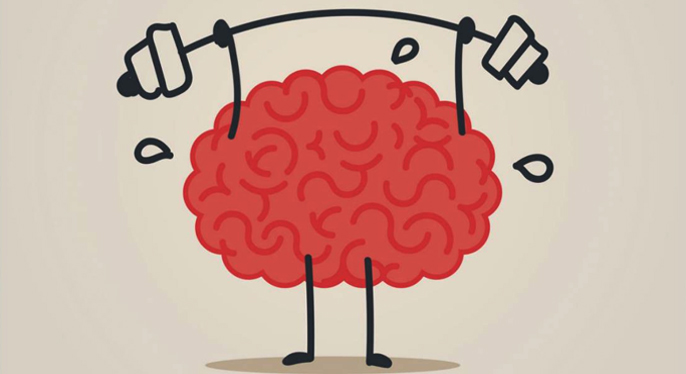Once upon a time it was thought that students were basically a ‘blank slate’. Charles Dickens has a famous quote in Hard Times where the dreary character, Mr Gradgrind, pompously describes his students as ‘little pitchers waiting to be filled with facts’.
Well, we all need facts—but Gradgrind’s approach demonstrates he knows very little about learning.
More recently it was thought our genetics were the main influence on learning; that clever people would learn just because they were clever.
Genetic make-up does matter, as does our personality or temperament, but there are many other factors that influence how ready and able for learning a person is. Stress, for example, is a big obstacle to learning.
Consider this: while the ‘grey matter’ (mostly neurons) is responsible for functions such as thinking, computing and decision-making, the ‘white matter’ is the highway that connects the neurons and in this role is equally essential for learning.
However, relentless stress damages white matter.
When we’re stressed every organ in our body is flooded with chemicals and hormones that activate the ‘fight and flight’ response, creating a sense of hypervigilance and anxiety—even panic.
Adrenaline and cortisol, the best known stress chemicals, are very useful if you need to suddenly jump out of the way of a truck. But daily doses of these substances—even low-doses—can cause the white matter ‘highway’ to become either excessive or to shrink and harden.
Sometimes a vicious cycle develops where the brain can’t to escape this state of ‘fight and flight’.
So should we be stressed about this?
And what can we do if we are constantly stressed?
Research tells us that our brains are ‘plastic’. This means they are flexible and can change. It seems the brain prunes back what is not being used and builds new neurons and links for what we are focused on doing or learning. Brain plasticity is the way the brain ‘sculpts’ itself.
It’s also the phenomenon that makes it possible for us to do things that stop the damaging effects of stress.
Research has shown that regular physical activity and daily mindfulness meditation are two proven ways to reduce our levels of stress chemicals.
Advisor sessions have tackled this issue just this week through the ‘Distress Tolerance’ program.
So, next time the panicked thought arises: there is no time for a break because there is too much to do, consider the possibility that with so much to do you cannot possibly miss your daily run, cycle, walk, basketball match, yoga class or gym workout—and remember: YouTube is packed with guided meditations. Check them out.
Sources for this article are:
Jensen: Brain Based Learning: The New Science of Teaching and Training.











